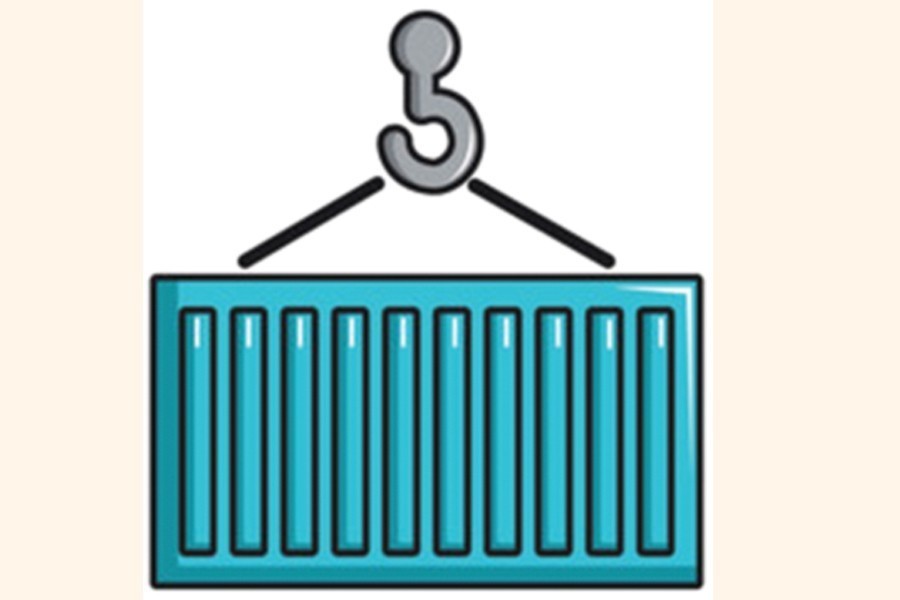The government's announcement of the export target for the fiscal 2020-21 is no exception to the legacy of setting very high goals as in most of its macro level planning exercises. With the Covid-19 taking its long lingering toll on international trade, aspiring nearly 22 per cent growth in exports strikes a note of surprise. Although the commerce minster has attempted to reason out such growth, concerned quarters do not seem fully convinced. Merchandise export target has been set at $41 billion and that of services at $7.0 billion, projecting 21.7 per cent and 9.46 per cent growth respectively. In the last fiscal (2019-20), the country fetched $33.67 billion from merchandise export and $6.39 billion from services exports, registering a 14.80 per cent negative growth over its previous fiscal. Attributing this slump to the Covid pandemic, the commerce minister while announcing the current year's target said the government took into account several factors including recent months' growth, global trade scenario, impacts of Covid-19 on local and global economies, potential new products, government's stimulus packages, while fixing the export target. According to the projection, the ready-made garment (RMG) sector is set to earn $33.78 billion in the current fiscal, which is 20.88 per cent higher than the earnings of $27.94 billion in the just concluded fiscal. Earnings from knitwear and woven sectors have been projected to grow by 20.07 per cent and 21.68 per cent respectively to $16.70 billion and $17.08 billion in FY 2020-21. A target of US$1.16 billion earning has been set for the jute sector, forecasting a 32.26 per cent growth. Earnings from the export of leather and leather goods are projected to grow by 15.34 per cent to $920 million from $797.6 million in FY '20.
One has reasons to consider these projections not just lofty but impractical too. The perils faced by the RMG sector is pretty well known given the cancellation of export orders worth more than $3.0 billion and declining consumer demand for apparels globally. A large number of factories are not in operation at the moment because of dearth of orders and looming labour unrest. The growth projected for jute and jute goods seems rather far-fetched as only the private jute mills are now in operation, while two dozens of state-owned mills are closed. The important thing here is that it is not productivity but demand from the target markets that matters.
Riding out the prevailing crisis calls for enough proactive moves which, observers think, are not in place as yet. However, despite the gloom, industry insiders feel that a good deal could still be achieved if proper policy support is provided by way of low cost fund and easy access to the stimulus package announced by the Prime Minister. According to industry insiders, there are chances of trade diversion as Chinese exports to the USA have drastically fallen, especially of apparels. In order to be able to take a sizable share as well as access new markets with diversified products, Bangladesh exporters need to be equipped right now. Needless to say, facilitations from the government would be critical in this regard.


